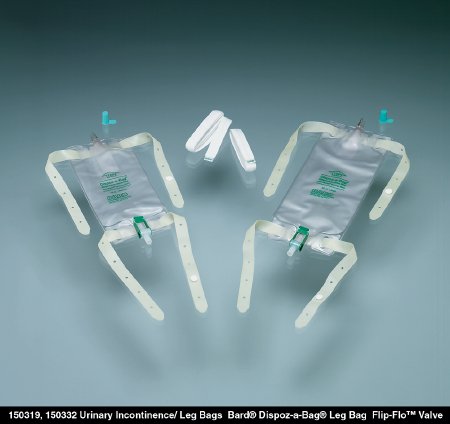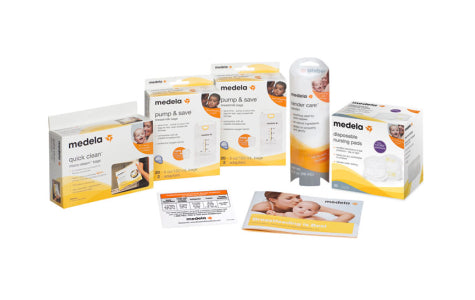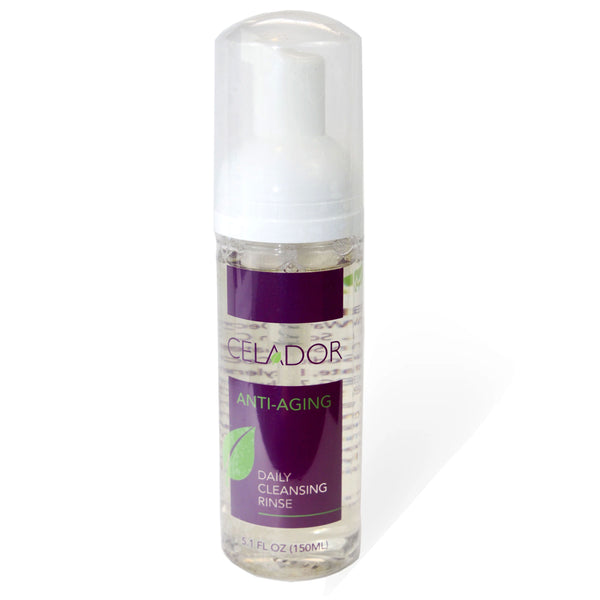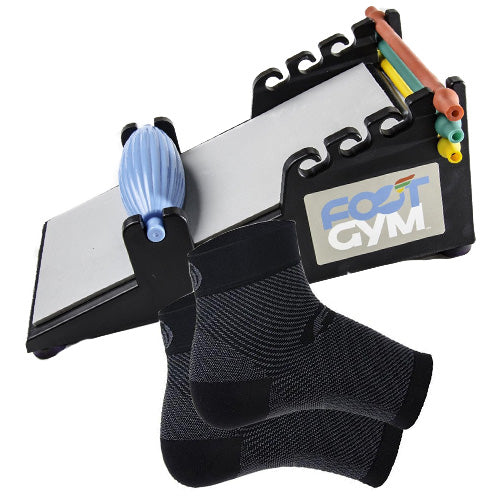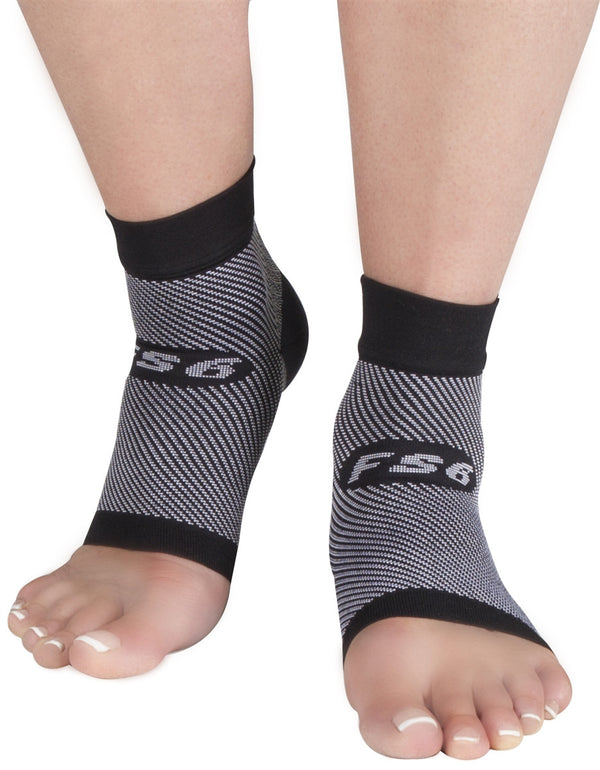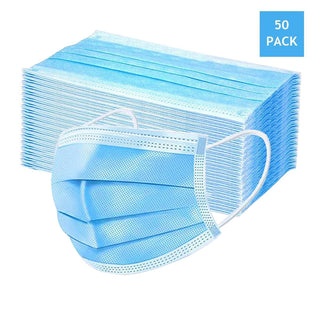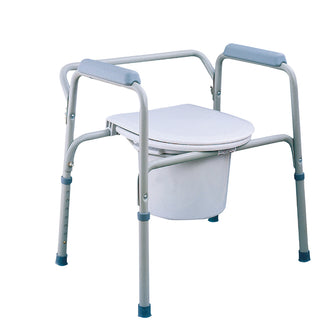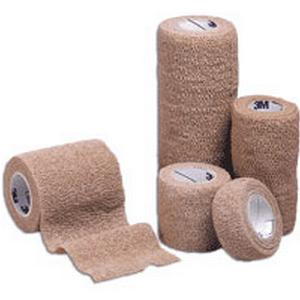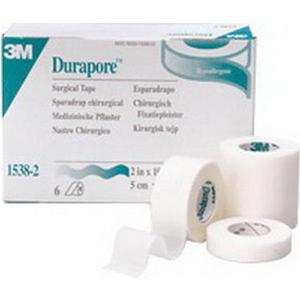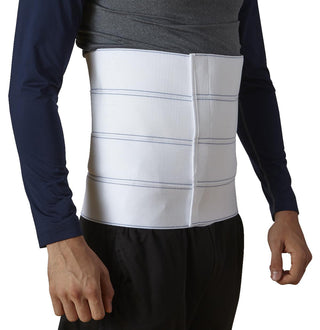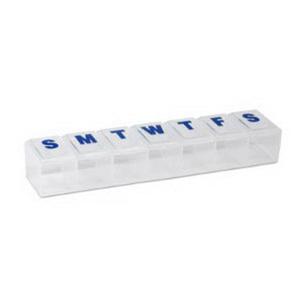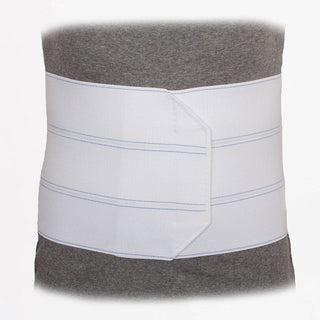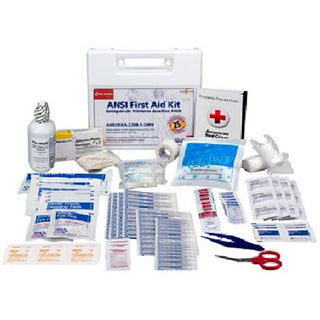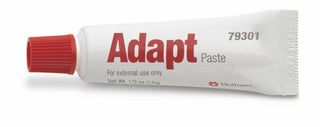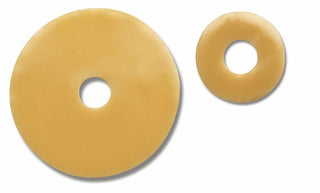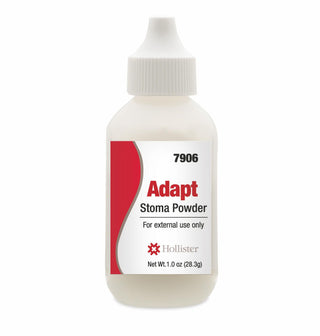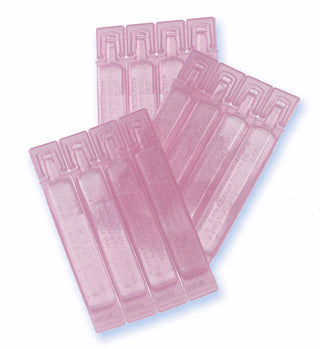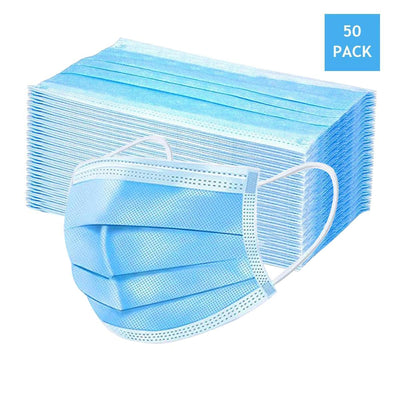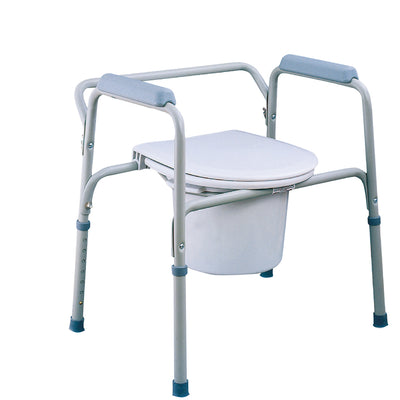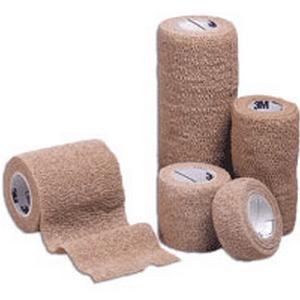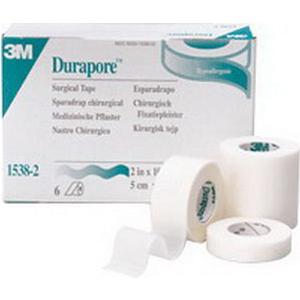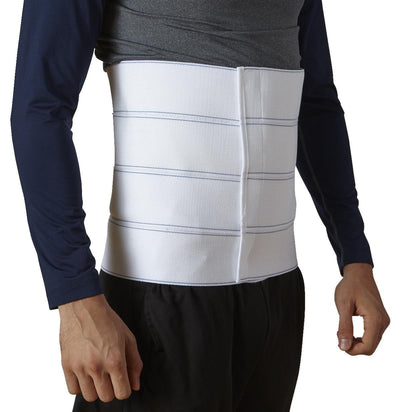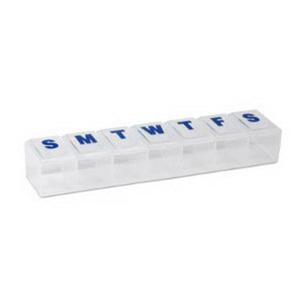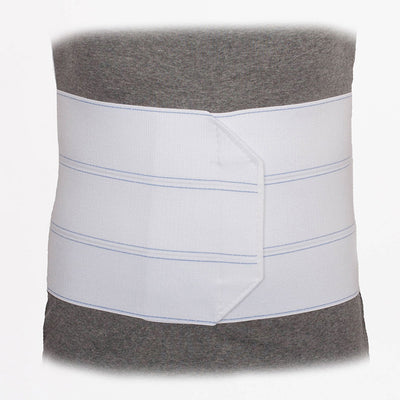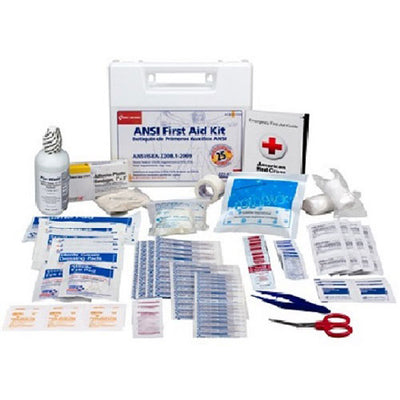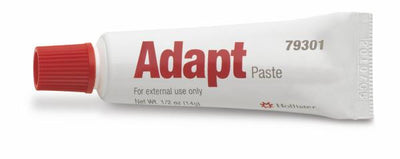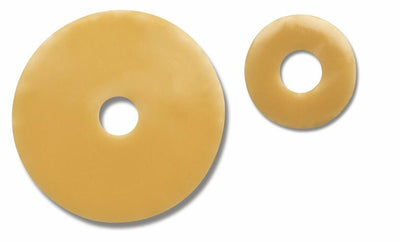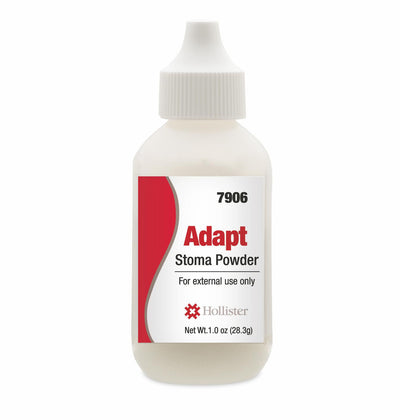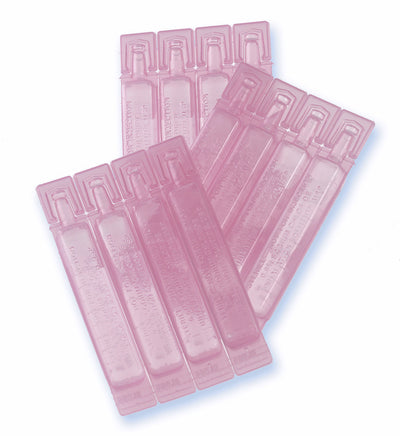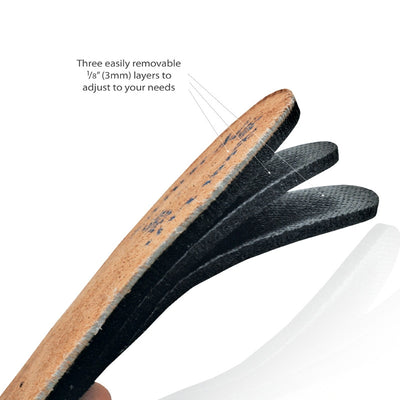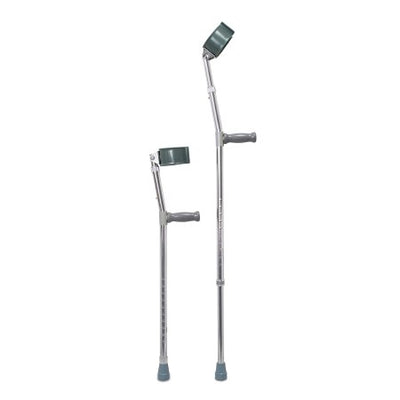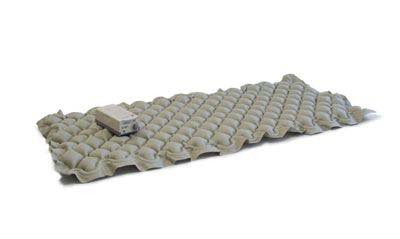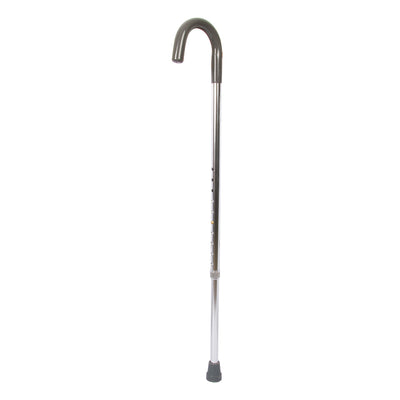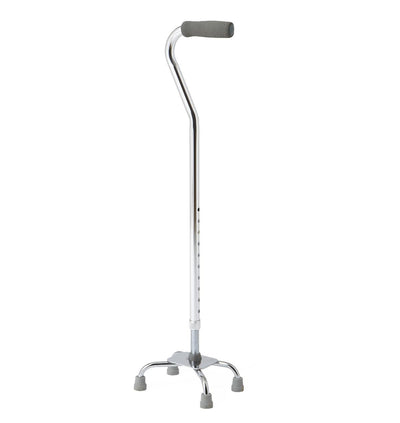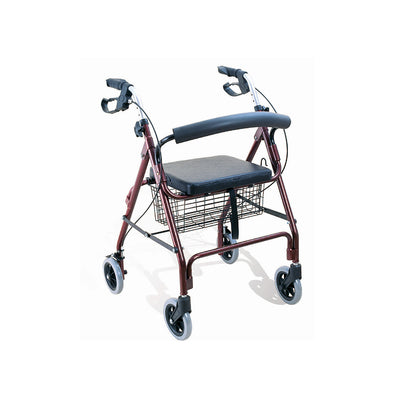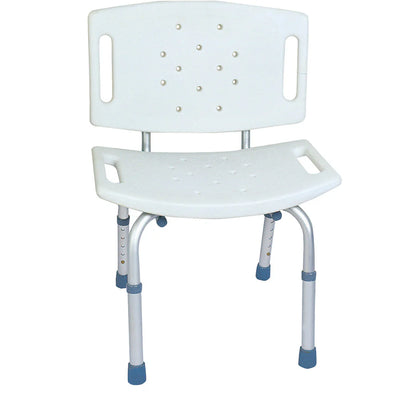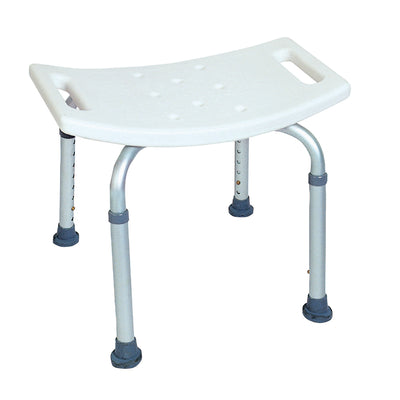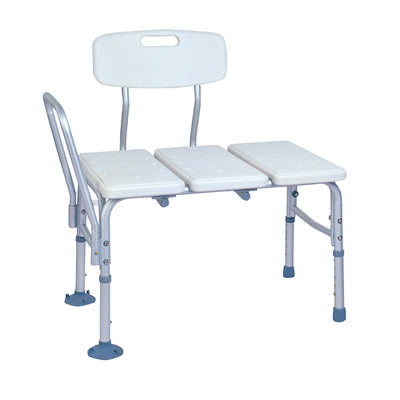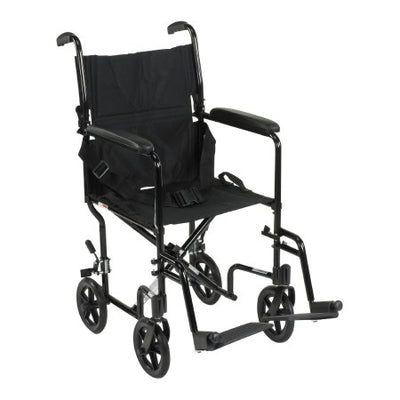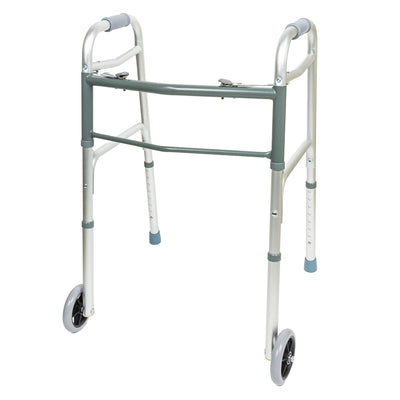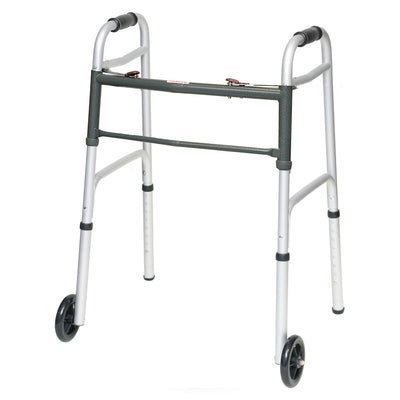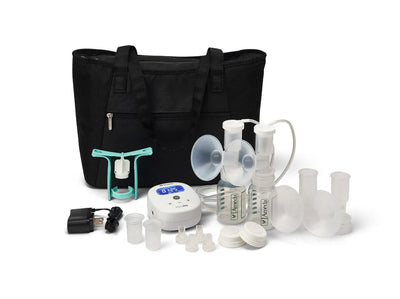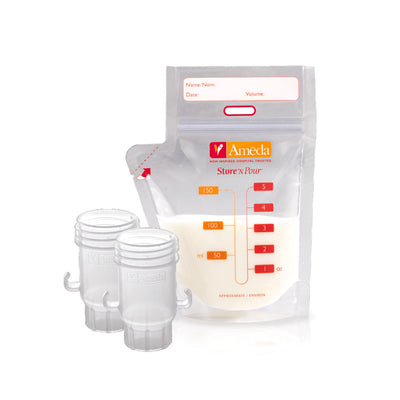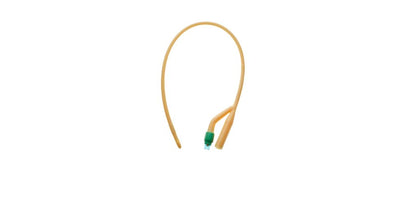When you first start using a catheter at home, it can feel overwhelming. But with the right preparation and knowledge, you'll quickly build confidence in your routine. This guide will walk you through exactly what to expect, step by step.
Your First Week at Home:

Different Types of Catheters

|
|
|||||||||||||||||||||||||||||||||||||||||||||||||||||||||||||||||||||||||||||||||||||||||||||||||||
| Feature | Foley (Indwelling) | Intermittent | |||||||||||||||||||||||||||||||||||||||||||||||||||||||||||||||||||||||||||||||||||||||||||||||||
|---|---|---|---|---|---|---|---|---|---|---|---|---|---|---|---|---|---|---|---|---|---|---|---|---|---|---|---|---|---|---|---|---|---|---|---|---|---|---|---|---|---|---|---|---|---|---|---|---|---|---|---|---|---|---|---|---|---|---|---|---|---|---|---|---|---|---|---|---|---|---|---|---|---|---|---|---|---|---|---|---|---|---|---|---|---|---|---|---|---|---|---|---|---|---|---|---|---|---|---|
| Duration | Stays in place continuously | Inserted and removed each use | |||||||||||||||||||||||||||||||||||||||||||||||||||||||||||||||||||||||||||||||||||||||||||||||||
| Balloon | Yes, holds catheter in place | No balloon needed | |||||||||||||||||||||||||||||||||||||||||||||||||||||||||||||||||||||||||||||||||||||||||||||||||
| Drainage | Continuous into bag | Empties directly into toilet | |||||||||||||||||||||||||||||||||||||||||||||||||||||||||||||||||||||||||||||||||||||||||||||||||
| Frequency | 24/7 drainage | Every 4-6 hours | |||||||||||||||||||||||||||||||||||||||||||||||||||||||||||||||||||||||||||||||||||||||||||||||||
| Infection Risk | Higher due to continuous use | Lower with proper technique | |||||||||||||||||||||||||||||||||||||||||||||||||||||||||||||||||||||||||||||||||||||||||||||||||
| Mobility | Requires bag management | More freedom between uses | |||||||||||||||||||||||||||||||||||||||||||||||||||||||||||||||||||||||||||||||||||||||||||||||||
Step 1: Preparing Your Space & Supplies
Essential Supply Checklist
- Sterile catheters (keep extras on hand)
- Water-based lubricant or pre-lubricated catheters
- Disposable gloves
- Antiseptic wipes or soap and water
- Clean towels or paper towels
- Drainage bags (leg and night bags for indwelling catheters)
- Hand sanitizer
- Disposal bags for used supplies
Step 2: Inserting or Connecting the Catheter Safely
- Clean the urethral opening with an antiseptic wipe, wiping from front to back
- Apply water-based lubricant to the catheter tip
- For males: Hold the penis upward toward the abdomen to straighten the urethra
- For females: Use a mirror initially to locate the urethral opening
- Insert the catheter slowly and gently; never force it
- Once urine begins to flow, advance the catheter another inch
- Hold the catheter in place until the urine flow stops completely
- Use a catheter securement device to anchor the tubing to your inner thigh
- Alternate the securement location daily to prevent skin irritation
- Ensure tubing has no kinks or loops below the drainage bag level
- Keep the drainage bag below your bladder at all times
Step 3: Cleaning, Emptying & Spotting Trouble
- Wash your hands thoroughly
- Position yourself over the toilet
- Open the drainage spout without letting it touch the toilet bowl
- Note the color, clarity, and odor of your urine
- Clean the spout with an alcohol wipe before closing
- Wash your hands again
- Fever over 101°F (38.3°C)
- Chills or flu-like symptoms
- Cloudy, foul-smelling urine
- Blood in urine (beyond light pink from minor irritation)
- Pelvic, back, or flank pain
- Catheter leakage around the insertion site
- No urine drainage for more than 4 hours
- Catheter blockage or inability to insert
Building Confidence & Caring for Your Catheter Long-Term

Preventing Infection & Blockage

Troubleshooting & When to Call Your Provider
- Fever over 101°F with chills
- Severe pain during insertion or around the catheter site
- Bright red blood in urine or significant bleeding
- Complete inability to urinate or drain urine
- Signs of severe infection (confusion, rapid heartbeat, severe fatigue)








